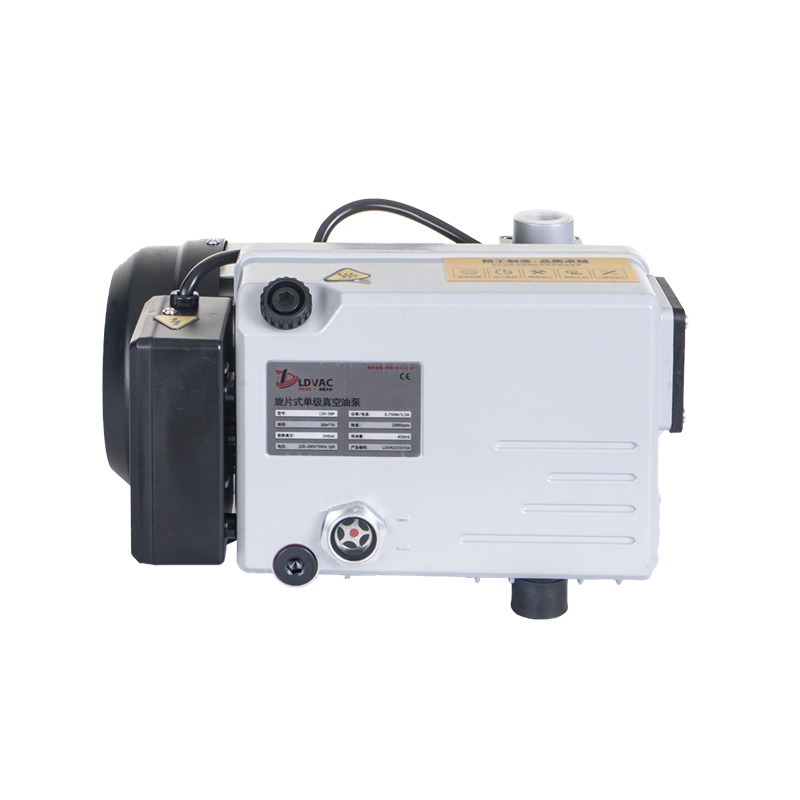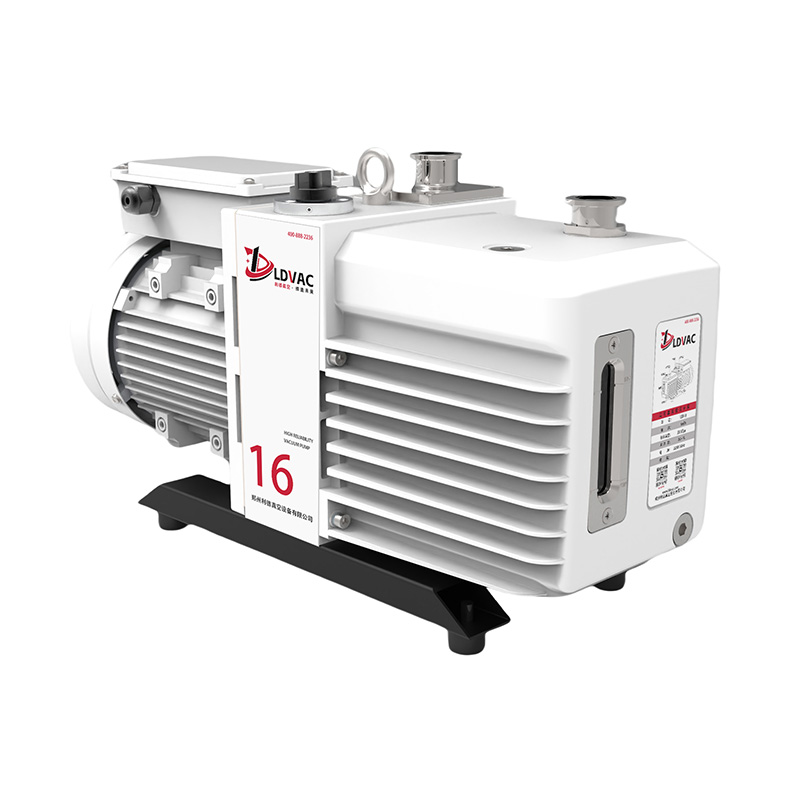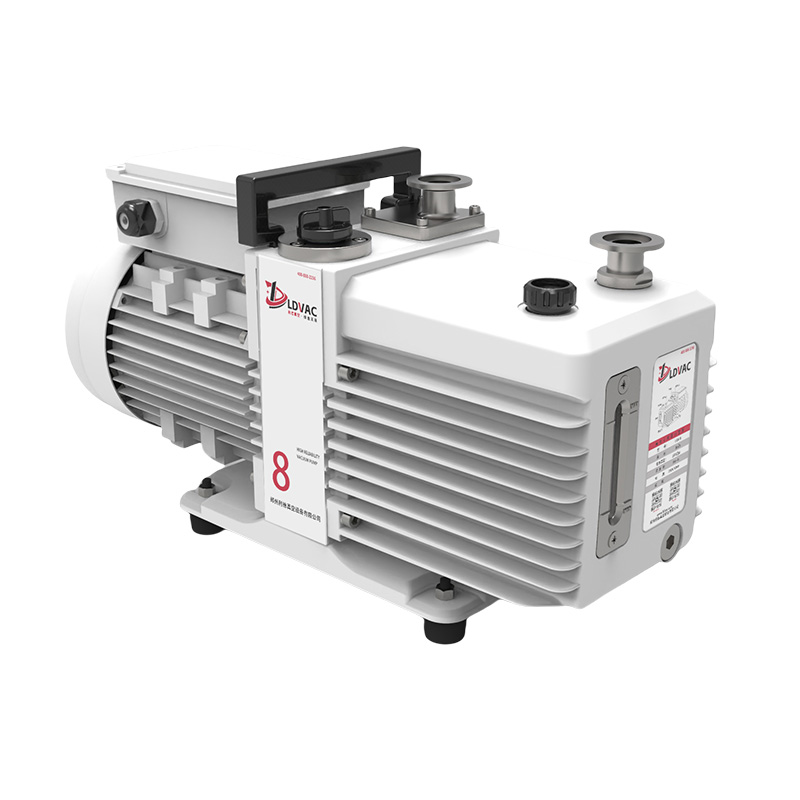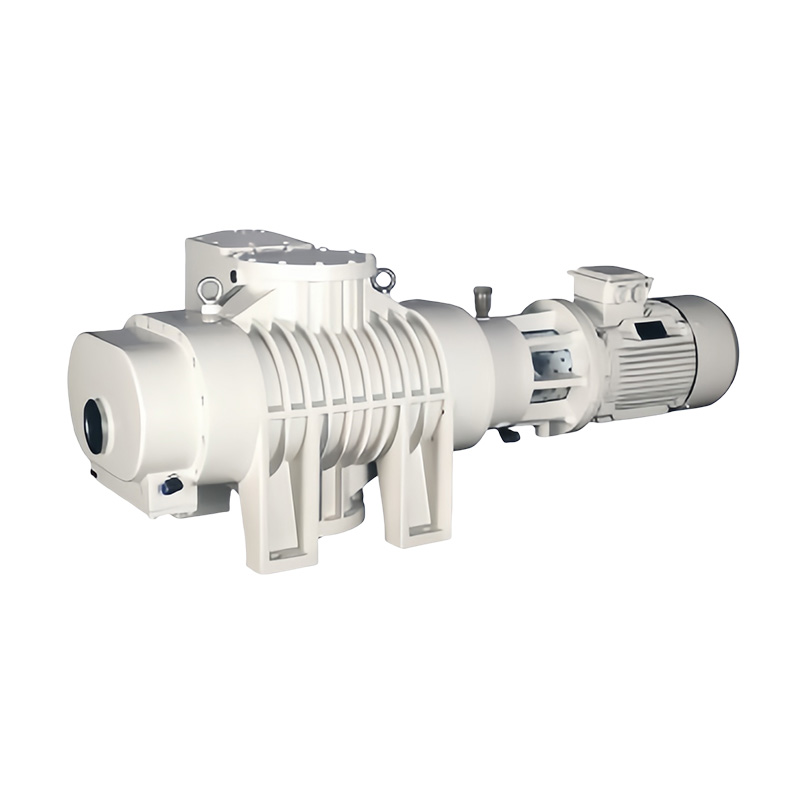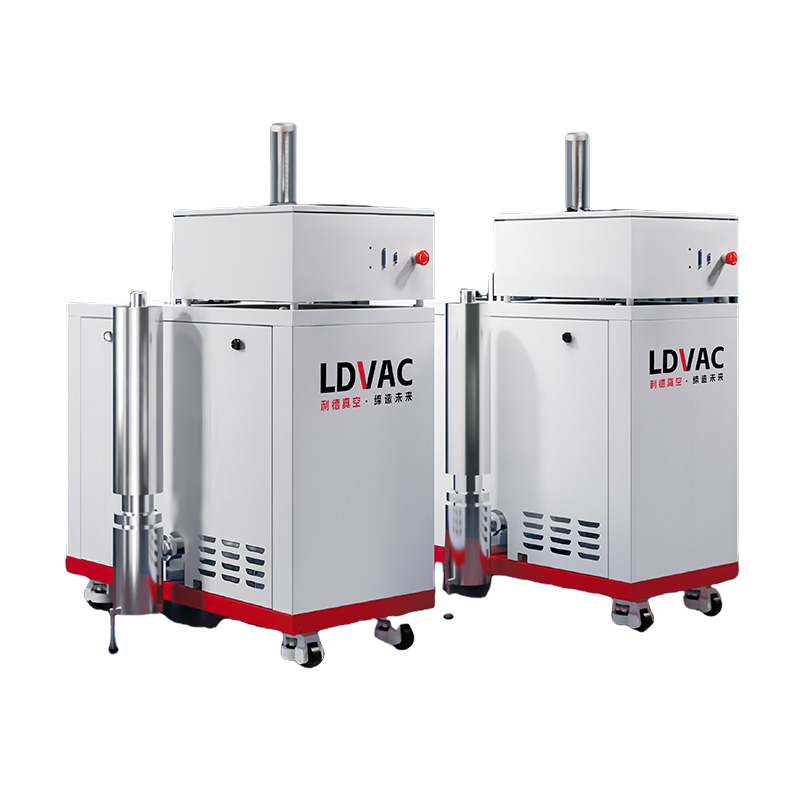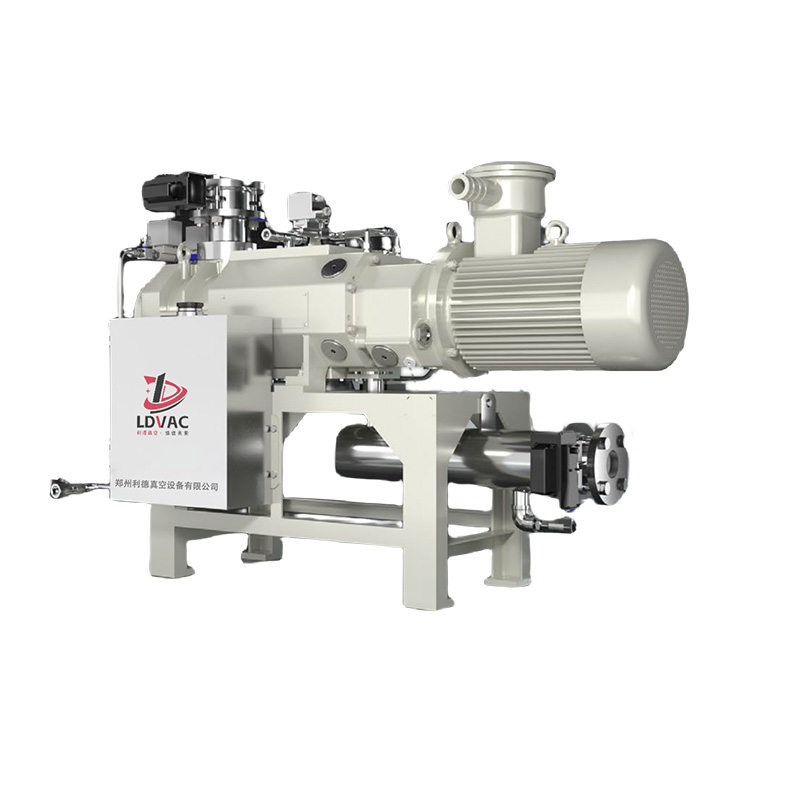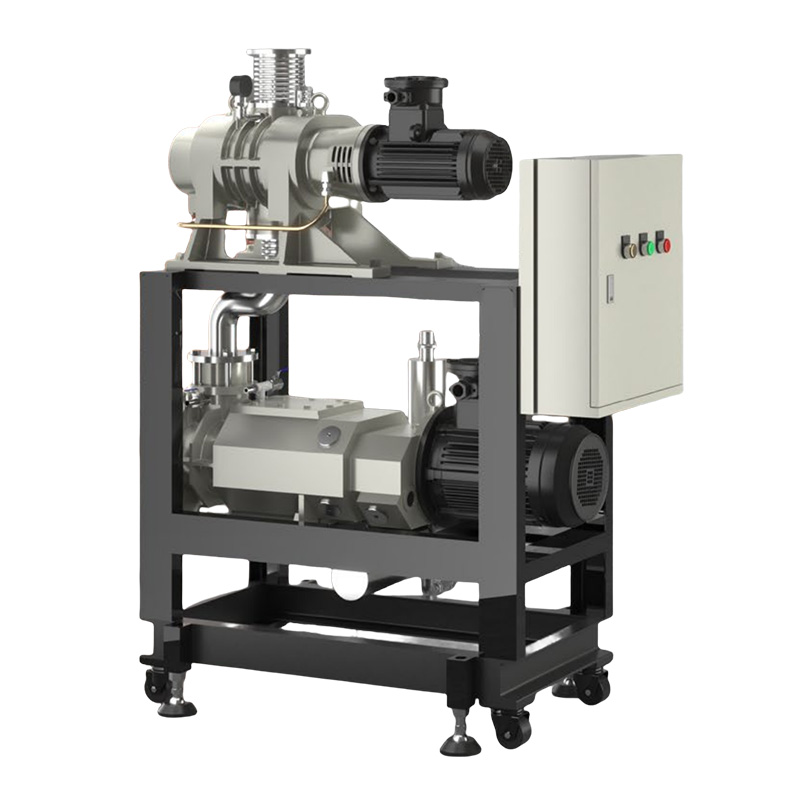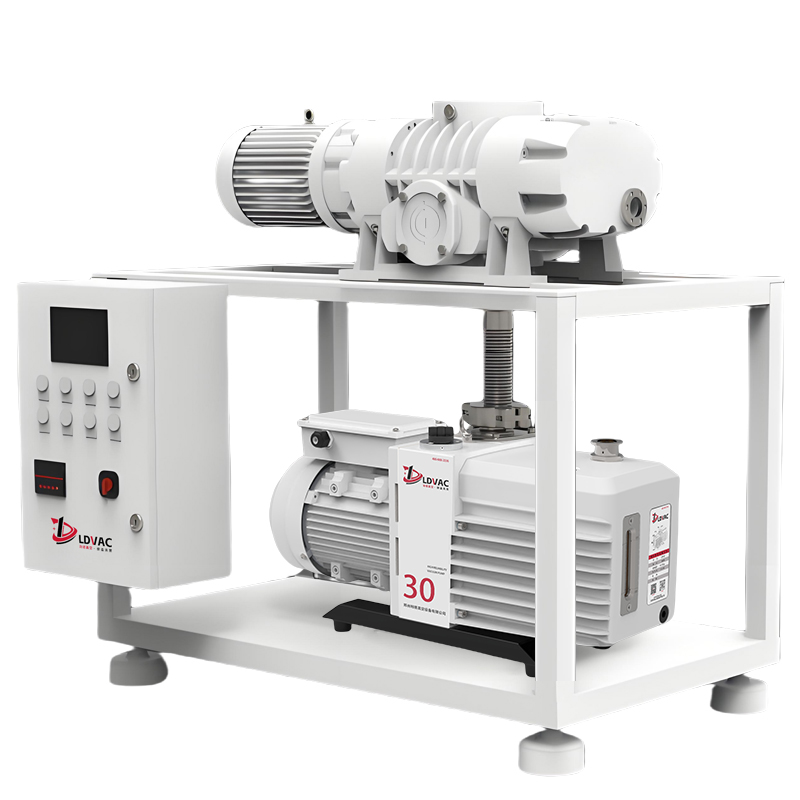Service Support

Service hotline:
400-888-2236
Detailed explanation of the working principle of rotary vane vacuum unit
Time : 2024/8/19 10:08:39
1、 Basic structure of rotary vane vacuum unit
The rotary vane vacuum unit mainly consists of two parts: vacuum pump and controller. Among them, the vacuum pump is the core component of the rotary vane vacuum unit, which consists of a casing, rotating multiple impellers, fixed rotary vanes, inlet and outlet holes, etc. The vacuum pump adopts a rotating multi blade structure. When the vacuum pump rotates, the impeller discharges gas outward under the action of centrifugal force, thereby forming a vacuum.
2、 Working principle of rotary vane vacuum unit
The main working principle of a rotary vane vacuum unit is to use the centrifugal force of a rotating multi blade vacuum pump to discharge gas outward, thereby forming a vacuum. When the rotating multi blade vacuum pump is started, gas is sucked into the inlet hole, and the impeller compresses the gas towards the fixed rotor in the rotating direction under the action of centrifugal force, and discharges the gas towards the exhaust hole.
Therefore, when using the rotary vane vacuum unit, it is necessary to first exhaust the gas inside the pump to achieve the vacuum effect, and at the same time, the pressure of the pump needs to be controlled during use to ensure normal operation.
3、 Characteristics of rotary vane vacuum unit
1. Wide processing range: Rotary vacuum units can handle various gases, including flammable gases, corrosive gases, transparent gases, etc.
2. High vacuum degree: The rotary vane vacuum unit can achieve extremely high vacuum degree, up to 10 ^ (-6) Pa or below.
3. Low noise: The rotary vane vacuum unit produces very little noise during operation and will not have a significant impact on the working environment.
4. Energy saving and environmental protection: The rotary vane vacuum unit has low energy consumption, long service life, and does not produce exhaust gas and pollutants, making it an energy-saving and environmentally friendly equipment.
4、 Application scope of rotary vane vacuum unit
Rotary vacuum units are widely used in fields such as electronics, semiconductors, medical, chemical, and environmental protection. It can be used in vacuum forming, vacuum drying, vacuum chuck, vacuum blowing, vacuum cooling and other fields.
Meanwhile, in the electronics industry, rotary vane vacuum units are widely used in fields such as vacuum coating and LED manufacturing.
In summary, the rotary vane vacuum unit has the advantages of simple structure, reliable operation, and superior performance, making it a very practical vacuum equipment.

